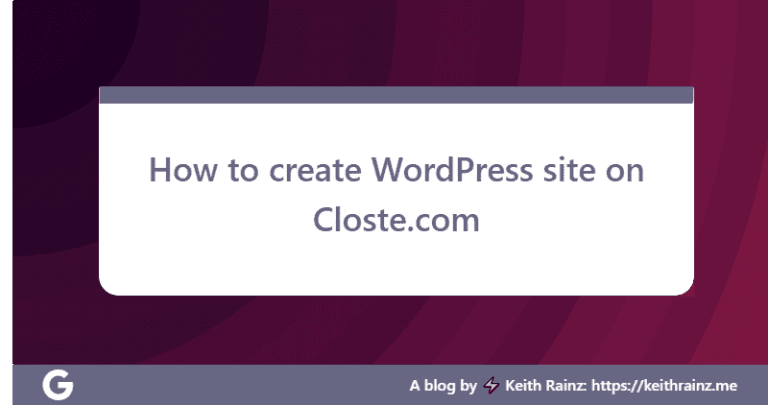Learn more on why Should I use JSON or XML for my API?. Most programmers would argue that JSON is the way to go with any programming venture, but it has its place in the software world even as XML becomes less common. There are still occasions when using XML over JSON. You must decide what software is best for your purposes if you are developing a web API from the ground up. Here are a few pros and cons in a request for both JSON and XML.
The Pros and Cons of XML
XML is a language of long standing that is still relevant today. Many of the older technologies that you see on the market use it, so if you need to deal with an API that’s been around for more than a decade, you’re likely to have to work with XML. Older APIs do not give you the format you can use to choose from.
XML is useful when you have large amounts of resources, methods and attributes to be stored in a single record. Suppose you have a file that describes an object and you have to explain the attributes of that object in the set of data. You could use XML and its “HTML-like” syntax to parse out each property and attribute embedded within the record.
If you choose to use XSLT, you can not avoid XML. Although seldom used today, XSLT is part of many web design initiatives at the front end. XSLT is a markup that reads and converts the attributes of an XML document into a format for digesting users. For HTML files, you can fit XSLT to CSS. CSS tells the browser how to model and present the user with an HTML file, while XSLT tells the user how to display an XML document.
The benefit is the decode and verification of an XML document by XML users. If it is incorrectly formatted, an error message will be sent to the user. This warning helps the developer prevent poorly structured XML resulting in data presentation “messy.”
Because the message can be ignored and sent back to the user, when dealing with API systems, information is always guaranteed to have the correct structure.
If you use third-party APIs to generate data in your process, another reason you need XML. If they do not offer a way to send and receive messages in JSON, you will have to deal with XML whether you like it or not. In your internal applications, you can still work with JSON, but it can be cumbersome to toggle between JSON and XML and create additional overhead in your programming that is not necessary.
Generally, for developers who have large volumes of data with numerous attributes to pass between API messages, XML is still a valid language. Most developers do not like working with it, however, because the format is difficult and adds to the data processing overhead.
The Pros and Cons of JSON
JSON took over as the format of choice for transmitting messages across platforms after programmers lost interest in XML. All JSON and XML are separate platforms, but JSON is a language that is much simpler than XML. Therefore, once you create an API, it has some benefits over using XML.
This makes it much easier to read since JSON is simple. You don’t have all the XML tags and attributes, so it’s good to switch between two systems when you have simple data objects. For example, when you simply need to transfer a customer object with all its associated information, JSON would allow you to organize the object in a format that is easy to read and easy to identify errors.
One problem with JSON is that encoding errors are not checked, making it difficult for users to transfer the correct data to their API. Several languages have classes and modules that make the serialization and deserialization of JSON data simple. Think of this method as a way to bundle and extract a message from your request. Complex structures such as XML are hard to package where both programmers and the underlying frameworks that interact with the software make JSON much simpler.
Most APIs use JSON, but it is also a format that is newer than XML. If you are building a new API, unless you have complex data structures, you must work with JSON.
Any developer working with your API will think that JSON is the default because it is a industry standard. When you build a new XML API, developers over your rivals may not be drawn to you. Keep in mind that the way technology companies become interested in their software products is to draw developers to an API.
You need to use your own formatting and development tools if you need a way to format JSON. The way XML has XSLT, JSON does not have a design language. You can load JSON data into different third-party design elements, but you need to take large data sets and view them in a browser.
So, Which Format Should You Use with a New Web API?
APIs are the latest to create a brand of software. It attracts developers to your products and makes them integrate with your own software. It’s a good way to market and attract more customers to your technology business.
Simple to implement and easy to read developers like APIs. Complex APIs work for larger, well-known companies, but when the business is small with many rivals they can turn off developers.
You will work with JSON unless you have a good reason to use XML.
JSON is easy to understand, it has less overheads than XML, and encoding is simpler. Unless you have inescapable complex data structures, you can turn off your API endpoints from JSON messaging. It’s not always the choice, so go with XML when formatted, you should have significant data structures that require multiple attributes.
While using data formats seems to be a minor consideration, once you actually deploy your API, it can make a huge difference. Until incorporating it in your model, consideration should be given to using the appropriate data structure.





